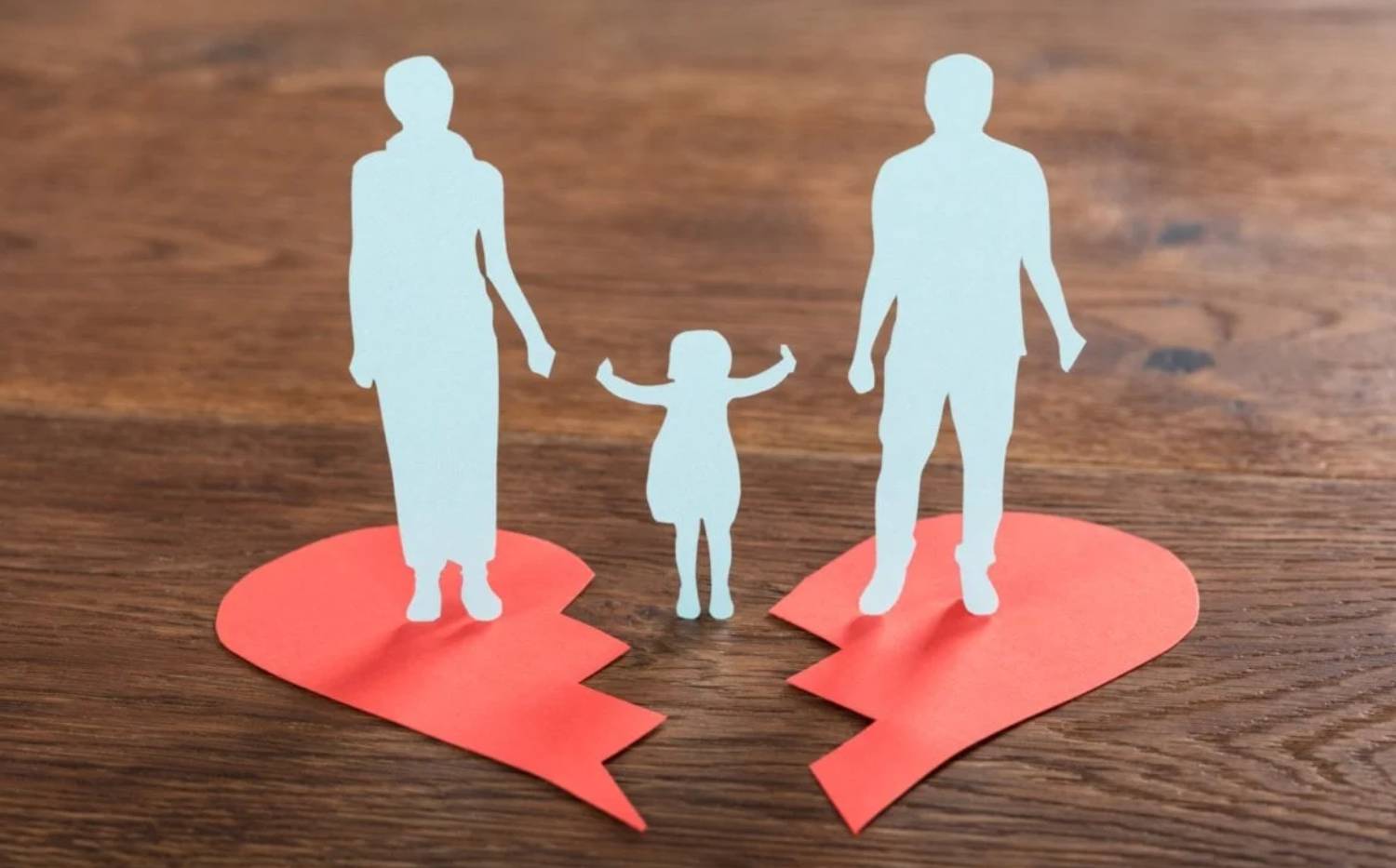
Holidays Are Not Always Happy in Fractured Families
Holidays are not always happy for children whose parents split up. Even as an adult, navigating holidays with divorced parents is stressful. Visiting everyone is a logistical nightmare. When you’re with one side, you feel guilty that you are not with the other side. Or, when you are with one parent, you feel a need to protect the other parent from unfair criticism.
Research has documented that parental divorce or separation is associated with an increased risk for child and adolescent adjustment problems, including academic difficulties (e.g., lower grades and dropping out of school), disruptive behaviors (e.g., conduct and substance use problems), and depressed mood. However, most children whose parents divorce are resilient and exhibit no obvious psychological problems. But even resilient young people from divorced families often report painful feelings or encounters, such as worrying about events like graduations or weddings when both parents will be present. (NIH: “Parental Divorce or Separation and Children’s Mental Health”)
Tammy and Jay S. Daughtry both have master’s degrees in Marriage and Family Therapy and operate Co-Parenting International, an organization aimed at helping divorced/divided parents raise healthy kids. They claim that “as the post-divorce dust settles, your child’s chances of leading a healthy, successful life are directly linked to how you and your former spouse relate.”
Dr. Constance Ahrons wrote “The Good Divorce”, in which she describes five categories of co-parenting relationships.
- Perfect Pals (high interactors—high communicators). Perfect pals still call themselves good friends, even after divorce. Perfect pals stayed well connected, asking about each other’s lives, activities, and feelings.
- Cooperative Colleagues (moderate interactors—high communicators). Unlike perfect pals, cooperative colleagues do not consider themselves to be friends. Cooperative colleagues talk often, always about the children or extended family, not about their personal lives or feelings.
- Angry Associates (moderate interactors—low communicators). Instead of being able to compartmentalize their anger about the past, they let it spread into related and even non-related issues. With each other, they are generally tense and hostile, or even openly conflictual.
- Fiery Foes (low interactors—low communicators). These ex-spouses rarely interact. When they do talk, they usually end up fighting. Their divorces tend to be highly litigious, and their legal battles often continue for many years after the divorce.
- Dissolved Duos (non-interactors—non-communicators). In this category, ex-spouses are usually completely disconnected. The noncustodial parent is usually uninvolved and out of the picture, perhaps out of the geographic area. This creates true single-parent families; the other parent exists only in memories and fantasies.
Which category have you experienced? And which category do you think is best for your kids? Experts agree that Cooperative Colleagues is the healthiest co-parenting style for children, and for ex-spouses.
If you struggle to be cooperative with your ex, or if the children are not faring well, I recommend that you take a course from Tammy and Jay S. Daughtry. They developed a 10-module home study course for parents who are raising children between two households. Topics include how to adjust after divorce, creating stability for children, co-parenting finances, understanding healthy boundaries, how to handle the hand-off, and how to manage a difficult ex-partner. You can find the course–One Heart, Two Homes–at www.CoparentingInternational.com.
